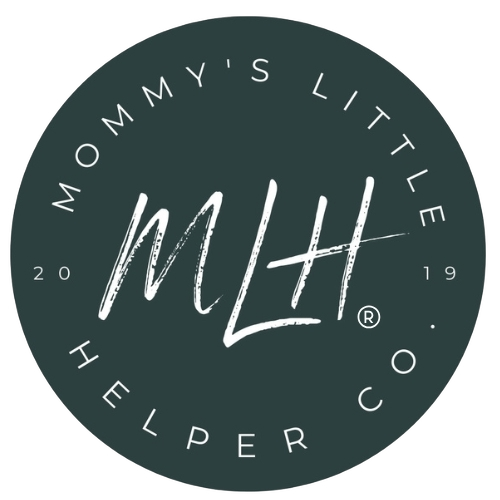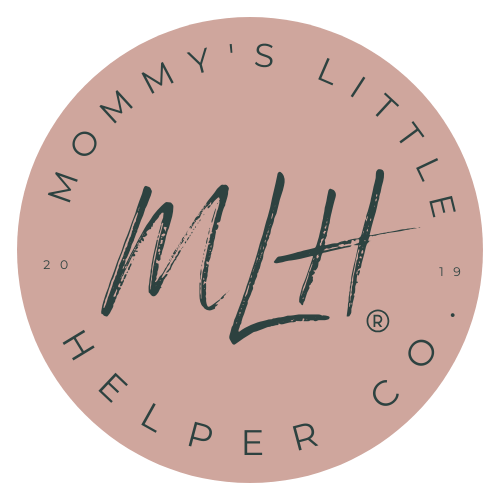
How to Answer Toddler Questions Without Losing Patience
If you’ve ever heard “Why?” for the tenth time before finishing your coffee, you’re not alone. As moms, we’ve got a lot on our plates. Between juggling deadlines, dinnertime, and diaper changes, even the most patient parent can feel overwhelmed when the questions never seem to stop. But those curious little minds are how toddlers learn, grow, and connect with us. That’s why finding ways to respond calmly (even when you’re running low on sleep) is so important.
1. Pause Before You React
It’s normal to feel annoyed after the tenth question in a row, especially if you’re on your third Zoom call or cleaning up another spilled snack. But a simple pause—stopping for a breath—can work wonders. Remind yourself: your child isn’t trying to test your patience; they’re learning how the world works. That brief pause helps reset your brain and keeps frustration from spilling out.
2. Get Down to Their Level—Literally
When you crouch or kneel to look your toddler in the eye, it sends a powerful message: I’m listening. This small act helps build trust and connection. You’ll be surprised how much calmer the conversation becomes when they feel seen and heard. Plus, getting on their level can turn frustrating moments into opportunities for quality time.
Further reading: Why Quality Time Matters More Than Quantity For Kids
3. Keep Answers Simple (Like, Really Simple)
Toddlers don’t need long explanations: short and sweet works best. If your little one asks why the sky is blue, something like “Because the sunlight shines through the air and makes it look blue” is just fine. Don’t overthink it. What matters most is that you’re engaging with them, not giving a scientific lecture.
4. Let the Furniture Help You Out
Whether you're cooking dinner or brushing your teeth, bringing your toddler up to your level helps them feel included. My twins used to ask dozens of questions while I cooked, so I put them in a double learning tower, handed them spoons, and asked them questions. Suddenly, we were making memories instead of managing meltdowns.
These small moments can turn everyday chores into bonding time. That's why I believe in kids furniture that encourages play, learning, and family connection. When children feel involved, they’re more likely to listen and less likely to ask the same question ten times in a row.
5. Redirect, Don’t Dismiss
Sometimes we just don’t have the answer or the energy. That’s okay. You can say, “That’s a good question! Let’s find out together after dinner,” or “Can you help me think of why that might happen?” Redirecting teaches them curiosity without shutting them down. It also models problem-solving, which is a huge win.
6. Turn It into a Game
Kids love play, and when you turn questions into games, you keep the mood light. If your child keeps asking why the dog barks at the mailman, make a guessing game: “Let’s think of three silly reasons, maybe the dog thinks he’s a superhero?” It keeps everyone laughing instead of losing their cool.
You can also use small tables or play kitchens to create imaginative role play. Pretend play is a natural way for toddlers to explore the answers to their own questions. Plus, it gives you a short break while they "cook dinner" for you in their toy kitchen.
7. Be Honest When You’re Tired
Here’s the truth: you don’t have to have it all together all the time. You’re human. It’s okay to say, “Mommy is feeling tired right now, can we talk about this in a few minutes?” It’s healthy for your child to learn about emotional boundaries. You’re not shutting them down, you’re modelling self-care.
8. Celebrate the Curiosity
Even when it drives you a little nuts, curiosity is a gift. Your toddler is learning how to engage with the world, and that’s a good thing. Try shifting your mindset from “This is exhausting” to “This is how they grow.” Sometimes, reframing your thoughts is all it takes to stay calm and carry on (with a cup of coffee in hand).
9. Use Transitions Wisely
Most repetitive questions happen when kids are tired, hungry, or facing a change in routine. Try giving a heads-up before transitions: “We’re going to clean up in five minutes, then have snack time.” Knowing what’s coming next can prevent a flood of anxious questions. And when everything is in its place, life feels more manageable.
Final Thoughts
If you’ve ever felt your patience fray after a rapid-fire round of toddler questions, know that you’re not alone and you’re doing better than you think. It’s okay to need a moment. It’s okay to keep things simple. And it’s more than okay to lean on tools to help build moments of connection throughout the day. Because at the end of it all, these moments are the quality time that matters.
Ready to turn everyday routines into bonding moments? Explore our collection at Mommy’s Little Helper Co., designed to support your parenting journey. Shop now.




